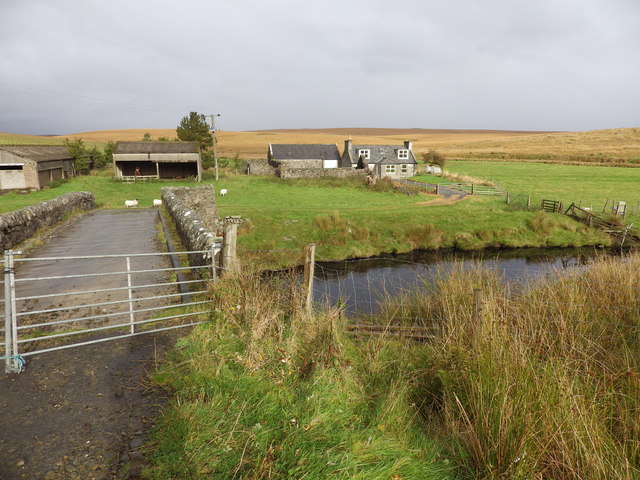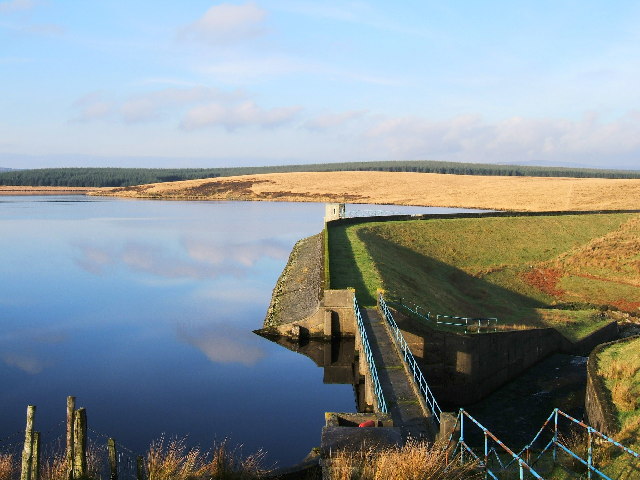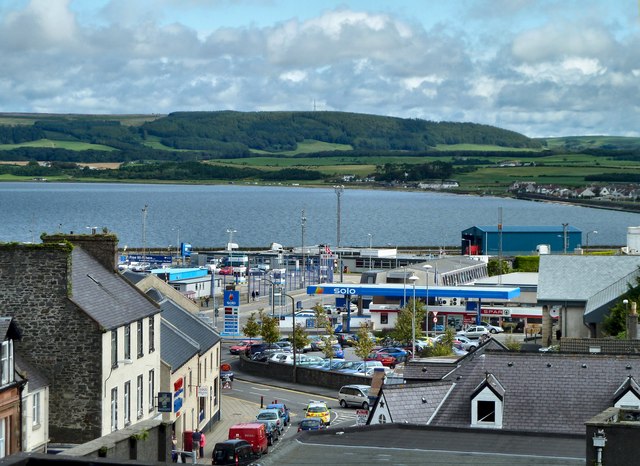Bazard Hill
Hill, Mountain in Wigtownshire
Scotland
Bazard Hill

Bazard Hill is a prominent hill located in the region of Wigtownshire, Scotland. Rising to an elevation of approximately 402 meters (1,319 feet), it offers breathtaking panoramic views of the surrounding landscape. The hill is situated near the village of Kirkcowan, about 8 kilometers (5 miles) to the south of Wigtown.
Bazard Hill is part of the Galloway Hills range, which is renowned for its natural beauty and diverse wildlife. The hill itself is characterized by its gentle slopes and rocky outcrops, covered in heather and grasses. Its distinct shape and prominent position make it a recognizable landmark in the area.
Hikers and outdoor enthusiasts are drawn to Bazard Hill for its scenic trails and opportunities for exploration. The ascent to the summit is relatively moderate, making it accessible to people of various fitness levels. From the top, visitors can enjoy sweeping views of the surrounding countryside, including the rolling hills, farmland, and the distant coastline.
The hill is also home to a variety of flora and fauna, adding to its natural appeal. It is not uncommon to spot native bird species, such as buzzards and red kites, soaring overhead. Additionally, the area is known for its diverse plant life, including heather, bilberry, and various wildflowers.
Overall, Bazard Hill offers an ideal setting for nature lovers and outdoor enthusiasts seeking a picturesque and rewarding experience in the heart of Wigtownshire.
If you have any feedback on the listing, please let us know in the comments section below.
Bazard Hill Images
Images are sourced within 2km of 54.990711/-4.9012821 or Grid Reference NX1470. Thanks to Geograph Open Source API. All images are credited.
![Bridge over Penwhirn Burn Just below Penwhirn Reservoir. The road to the right follows the Water of Luce to terminate at Lagafater Lodge [<a href="https://www.geograph.org.uk/gridref/NX1376">NX1376</a>].](https://s2.geograph.org.uk/photos/31/31/313190_96a22c33.jpg)
Bazard Hill is located at Grid Ref: NX1470 (Lat: 54.990711, Lng: -4.9012821)
Unitary Authority: Dumfries and Galloway
Police Authority: Dumfries and Galloway
What 3 Words
///chilling.wire.statement. Near Cairnryan, Dumfries & Galloway
Nearby Locations
Related Wikis
Loups of Dalnigap
Loups of Dalnigap is a waterfall of Scotland. It sits below Dalnigap House, in the South of the Lagafater Estate. == See also == Waterfalls of Scotland...
Penwhirn Reservoir
Penwhirn Reservoir, is a reservoir in Dumfries and Galloway, Scotland, approximately 3.5 miles (6 km) east of Cairnryan. The reservoir was built in the...
Glenwhilly railway station
Glenwhilly railway station served the area of Glenwhilly, Dumfries and Galloway, Scotland from 1887 to 1965 on the Girvan and Portpatrick Junction Railway...
Inch, Dumfries and Galloway
Inch is a civil parish in Dumfries and Galloway, southwest Scotland. It lies on the shore of Loch Ryan, in the traditional county of Wigtownshire.The...
Nearby Amenities
Located within 500m of 54.990711,-4.9012821Have you been to Bazard Hill?
Leave your review of Bazard Hill below (or comments, questions and feedback).



















